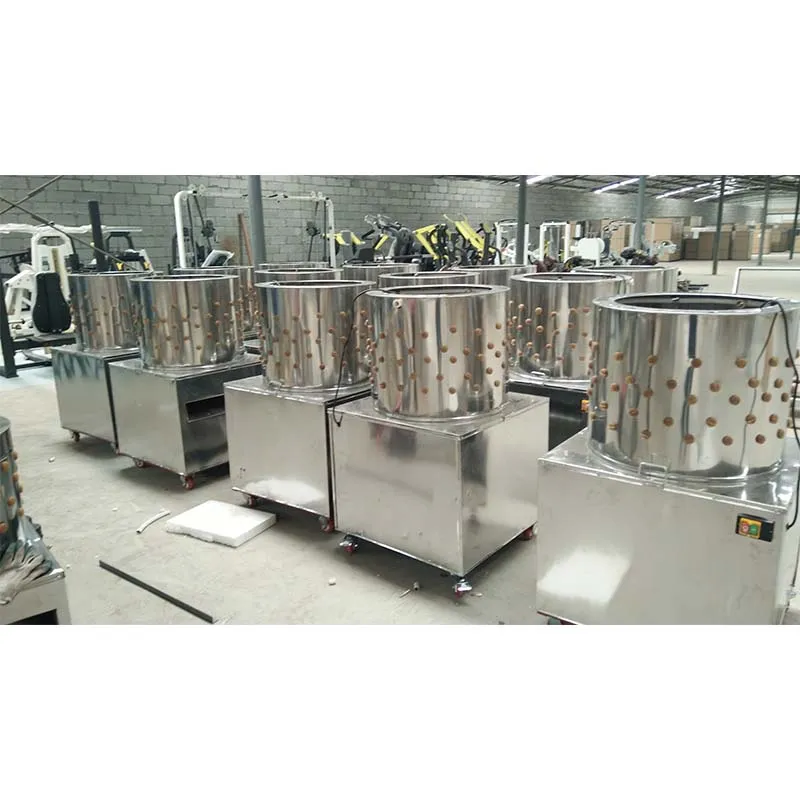Efficient Vacuum Forming Systems for Optimal Packaging Solutions and Product Protection
Nov . 10, 2024 10:25 Back to list
Efficient Vacuum Forming Systems for Optimal Packaging Solutions and Product Protection
The Rise of Vacuum Forming Packaging Machines Transforming Packaging Solutions
In recent years, vacuum forming packaging machines have emerged as a transformative force in the packaging industry. These machines utilize a unique process that allows various materials to be shaped into protective containers, trays, and custom packaging solutions, making them a crucial component across numerous sectors including food, electronics, and consumer goods. The effectiveness of vacuum forming stems from its ability to create durable, lightweight, and tailored packaging, which is essential in today's market.
What is Vacuum Forming?
Vacuum forming is a specific type of thermoforming process where a plastic sheet is heated until pliable and then formed over a mold using vacuum pressure. This process ensures that the plastic takes the shape of the mold, creating a sturdy and precise package. Common materials used in vacuum forming include polystyrene, polyethylene, PVC, and ABS, each selected for its specific properties such as clarity, strength, and barrier protection.
Key Advantages of Vacuum Forming Packaging Machines
1. Cost-Effectiveness One of the most significant advantages of vacuum forming is its cost-effectiveness. The machinery involved is relatively affordable compared to other packaging techniques, and the process itself is efficient, allowing for high-volume production with minimal waste. This efficiency is vital for businesses looking to keep operational costs low while meeting demand.
2. Customization Modern vacuum forming machines can produce custom shapes and sizes, allowing businesses to create unique packaging solutions tailored to their products. This flexibility is particularly beneficial for companies in competitive markets where differentiation is key. Whether for delicate electronics, playful toy packaging, or protective trays for food items, vacuum forming can accommodate an array of designs.
vacuum forming packaging machine

3. Speed and Efficiency Vacuum forming machines are capable of producing large quantities of packaging in relatively short production cycles. This speed enables companies to respond quickly to market demands and reduce lead times, which is crucial in maintaining a competitive edge. Automation features within these machines further enhance productivity, allowing for continuous operation with minimal human intervention.
4. Environmental Considerations As sustainability becomes an increasingly important concern for consumers and businesses alike, vacuum forming provides an environmentally friendly option. Many materials used in vacuum forming can be recycled, and the process itself generates less waste than traditional packaging methods. By adopting vacuum forming techniques, companies can align their operations with eco-conscious values and reduce their carbon footprint.
Applications of Vacuum Forming Packaging Machines
The versatility of vacuum forming machines allows for application across various industries. In the food sector, vacuum-formed trays and clamshells protect items while enhancing aesthetic appeal. For electronics, custom-cut packaging minimizes movement during transit, reducing the risk of damage. Additionally, cosmetic and healthcare products benefit from vacuum-formed packaging that not only secures the items but also enhances the overall presentation.
Conclusion The Future of Packaging
As technology advances and consumer expectations evolve, the demand for innovative packaging solutions continues to grow. Vacuum forming packaging machines stand at the forefront of this transformation, offering an array of benefits that cater to modern industry needs. With their cost-effectiveness, customization capabilities, speed, and sustainability, these machines are poised to shape the future of packaging.
Firms that embrace vacuum forming technology are likely to gain significant advantages in their respective markets. As more businesses recognize the value of efficient and adaptable packaging solutions, vacuum forming will undoubtedly play a crucial role in the ongoing evolution of packaging methods, paving the way for a more creative, resource-efficient, and eco-friendly future. Adapting to these changes is not just an option; it is becoming a necessity for survival and growth in today's fast-paced business landscape.
-
Hot Sale 24 & 18 Door Rabbit Cages - Premium Breeding Solutions
NewsJul.25,2025
-
Automatic Feeding Line System Pan Feeder Nipple Drinker - Anping County Yize Metal Products Co., Ltd.
NewsJul.21,2025
-
Automatic Feeding Line System Pan Feeder Nipple Drinker - Anping County Yize Metal Products Co., Ltd.
NewsJul.21,2025
-
Automatic Feeding Line System - Anping Yize | Precision & Nipple
NewsJul.21,2025
-
Automatic Feeding Line System - Anping Yize | Precision & Nipple
NewsJul.21,2025
-
Automatic Feeding Line System-Anping County Yize Metal Products Co., Ltd.|Efficient Feed Distribution&Customized Animal Farming Solutions
NewsJul.21,2025






